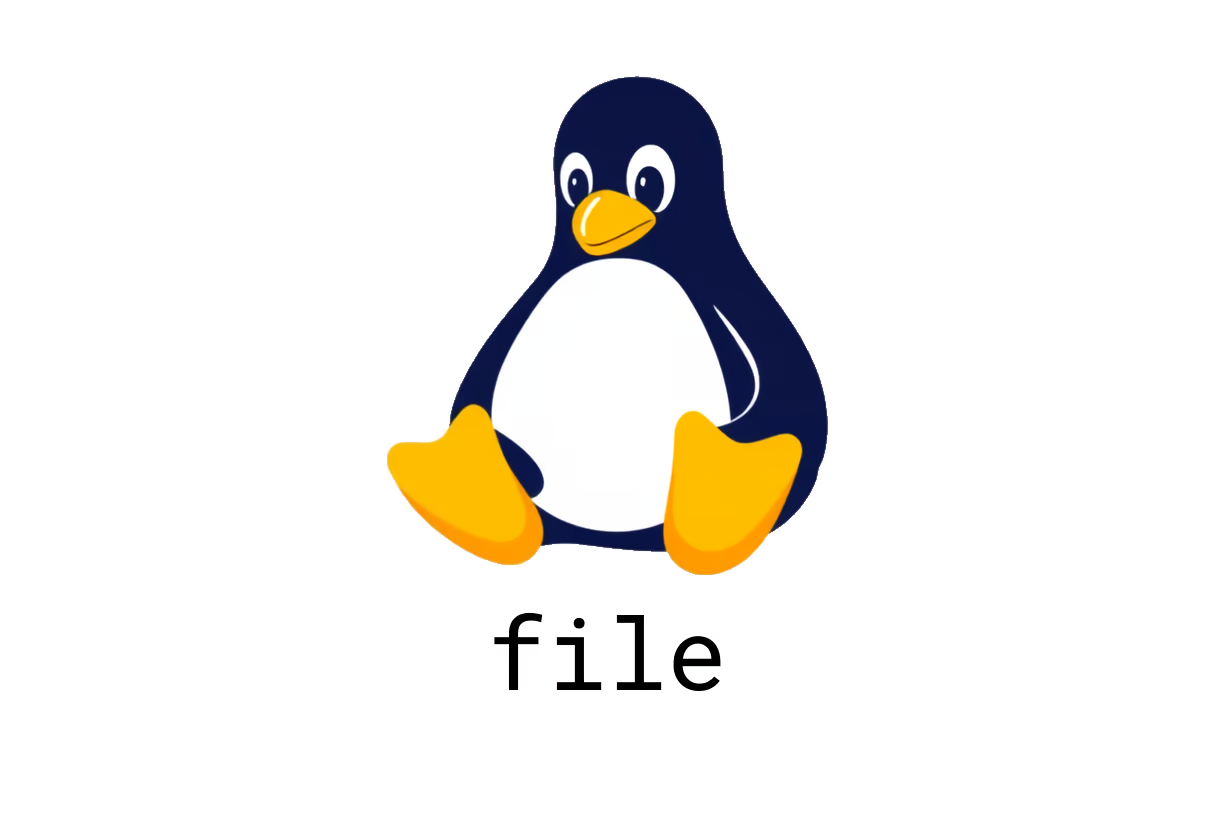
How to Use the file Command in Linux
Understanding the file Command in Linux
The file command is a powerful utility in Linux that allows you to determine the type of a specified file. It is invaluable for users who frequently work with different file formats, especially when file extensions may not provide enough information. Here’s an overview of how to use the file command effectively.
Basic Usage
To get a description of the type of a specified file, simply use the command followed by the path to the file:
file path/to/fileThis command works well even for files that lack a file extension, providing insight into the file’s contents.
Working with Compressed Files
The file command can also inspect files within a zipped archive. To determine the file types of the contents inside a zip file, use:
file [-z|--uncompress] foo.zipThis allows you to see what types of files are hidden within the archive without needing to extract them.
Handling Special and Device Files
In some scenarios, you might want to check special or device files. The -s or --special-files option enables this functionality:
file [-s|--special-files] path/to/fileThis can be particularly useful for identifying types of device files located in /dev.
Continuing File Type Checks
By default, file stops at the first file type match it finds. However, you can modify this behavior by using the -k or --keep-going option:
file [-k|--keep-going] path/to/fileThis option allows file to continue searching through the file until it reaches the end, providing a more comprehensive overview of the file’s contents.
Determining MIME Types
If you need to identify the MIME encoding type of a file, the -i or --mime option is available:
file [-i|--mime] path/to/fileUnderstanding the MIME type can be particularly useful when dealing with web applications or data transmission over the internet.
Conclusion
The file command is a vital tool for any Linux user, providing essential information about files regardless of their extensions. Whether you’re working with regular files, archives, or device files, the file command can greatly enhance your workflow and understanding of file types.
For more detailed information, refer to the official man page: man file. Happy exploring!